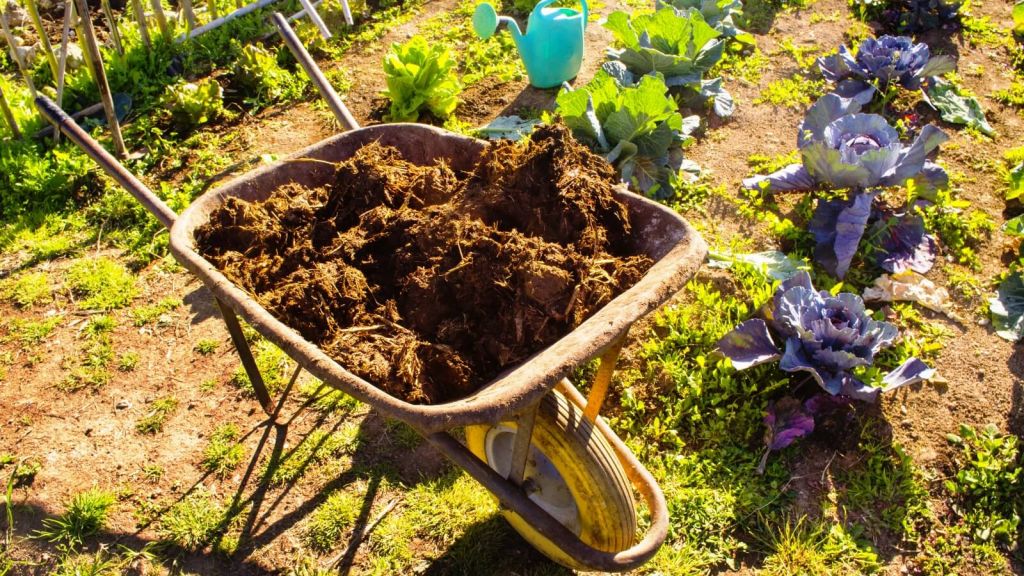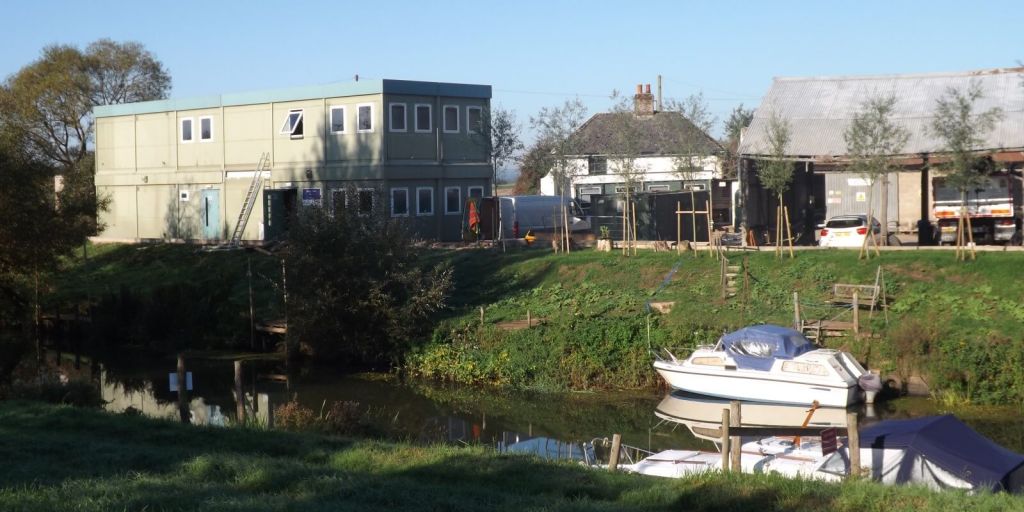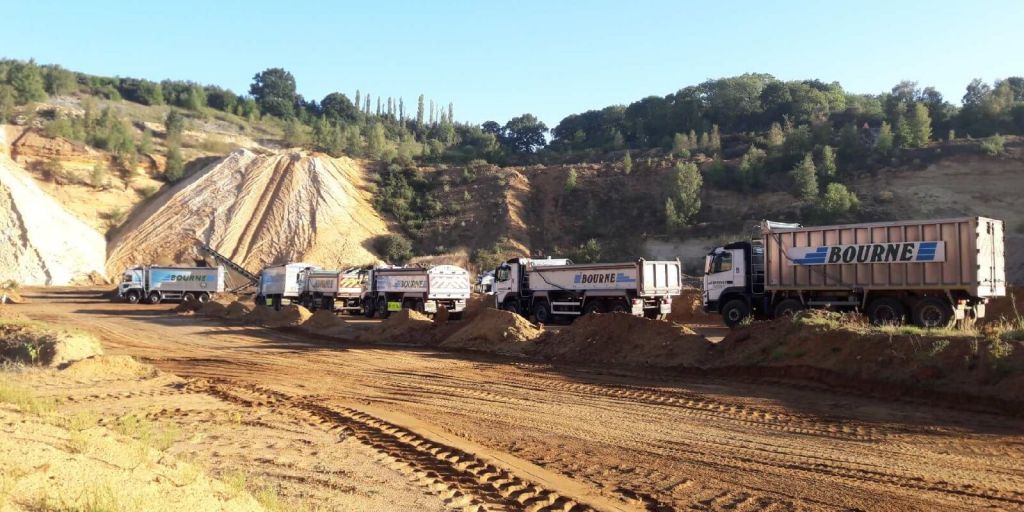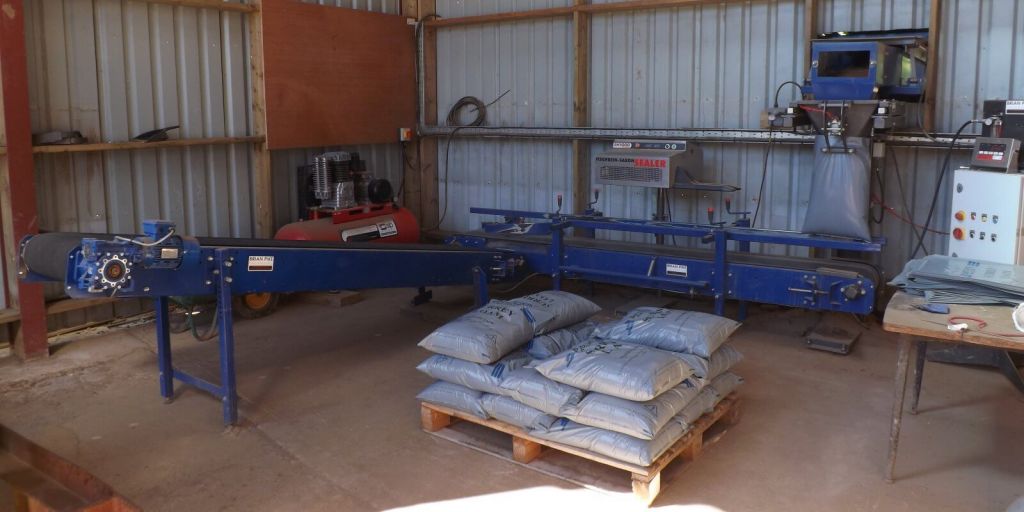Podium Awards
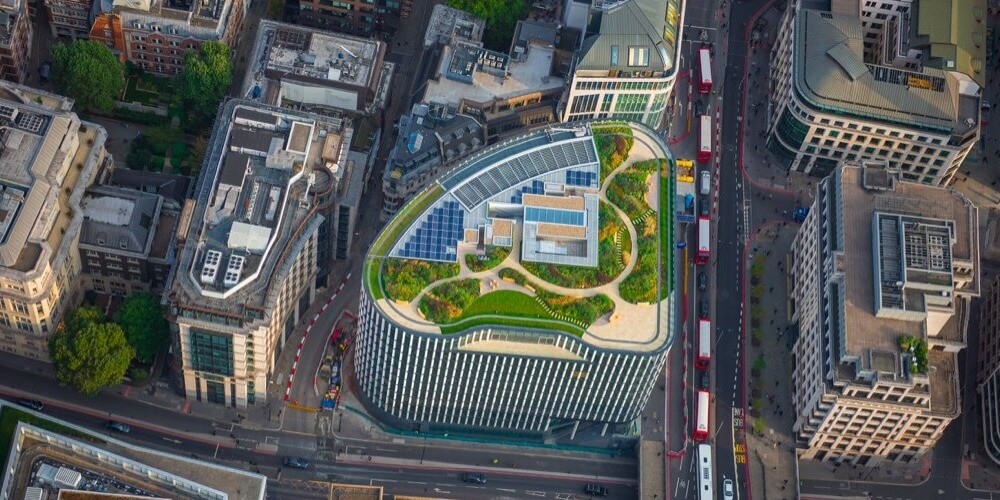
ProLandscaper Magazine has just launched their very first Podium Awards - and Bourne Amenity is the headline sponsor!
The awards will recognise the achievements, past and present, of landscapers, landscape architects and garden designers in the podium landscaping industry. The aim is to give projects that may have been previously overlooked the recognition they deserve. There are five categories and entries have just opened. The award ceremony will be at the Futurescape Spring event on 12 March (at Sandown Park).
Here's what Jonathan said at the launch of the awards: "Bourne Amenity Ltd are proud to headline sponsor the inaugural Pro Landscaper Podium awards and salute the recognition of an integral part of modern urban planning. We have been working with architects and contractors on podium planting and related SuDS schemes for almost ten years. Over this period, these beneficial installations have become mainstream, and our range of planting substrates is constantly evolving to match the imagination and ambition of designers. These awards will act as an incentive for our clients to push the boundaries of podium design, and mark another positive step towards a greener and healthier living spaces."
Full details are on ProLandscaper's website.
We'll be monitoring progress closely, of course - watch this space!

